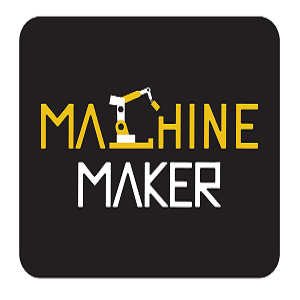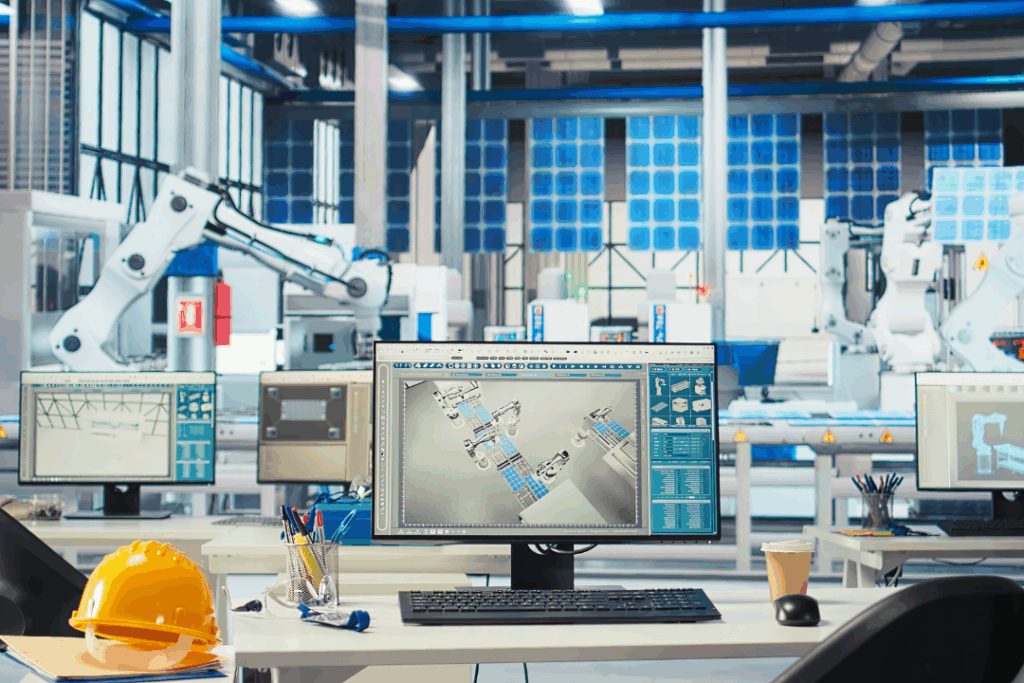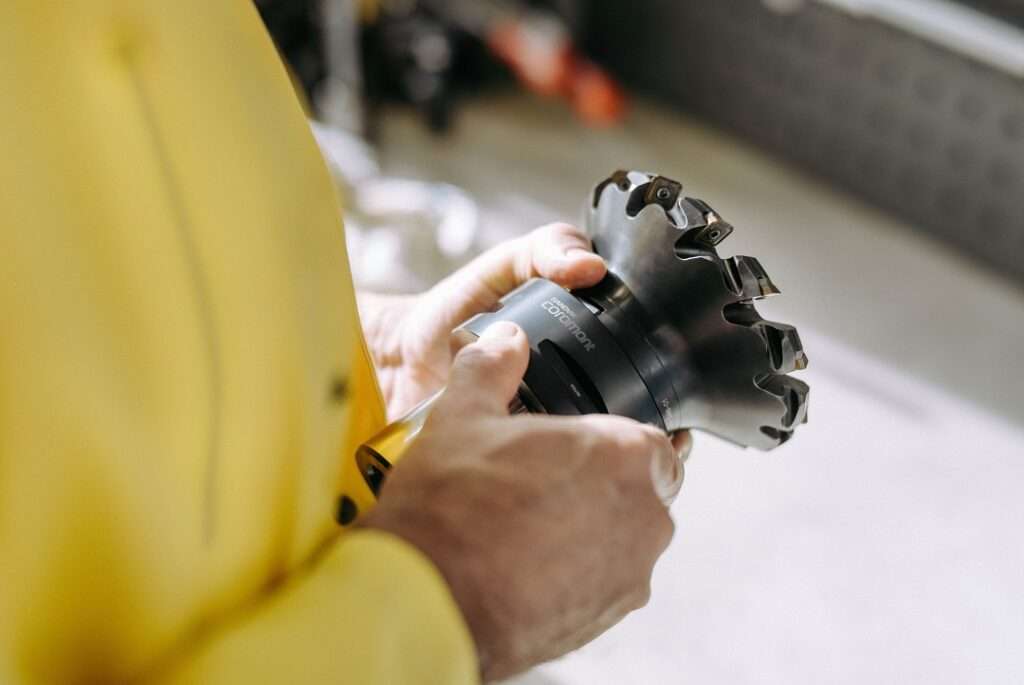ZF is leveraging software to enhance the intelligence, connectivity, and efficiency of its commercial vehicle technologies. By integrating its sophisticated software solutions with chassis technologies, ZF aims to improve vehicle performance and safety, ensuring smoother and safer journeys.
As the automotive industry increasingly embraces digital integration, ZF is capitalizing on its software expertise across various vehicle segments within the ZF Group. This approach enables the company to develop intelligent systems quickly and cost-effectively, reducing the overall total cost of ownership (TCO) for commercial vehicles.
Braking and e-Drive Synergy Program
ZF’s Braking and e-Drive Synergy Program focuses on harnessing the energy generated during vehicle deceleration to recharge onboard batteries. This process can extend the range of electric vehicles or allow for smaller battery sizes. The program harmonizes the electric driveline and braking functions to optimize energy recuperation while maintaining full stability control, enhancing efficiency, safety, and comfort while lowering TCO.
The system integrates ZF’s next-generation e-drives, such as the AxTrax 2 dual and CeTrax 2 dual, with the mBSP XBS advanced braking system. This combination allows the e-drive to act as an actuator for the braking system and vice versa, optimizing energy recovery to recharge batteries during driving.
Additionally, the system offers ‘one-pedal-drive’ functionality, which increases driving comfort, especially during low-speed maneuvers in urban environments or yard vehicle applications. Furthermore, the system improves launch capabilities by optimizing traction control, reducing tire wear, and enhancing vehicle performance and stability on slippery surfaces.
Software Brake Resistor
ZF has also developed a software solution that replaces the need for hardware brake resistors in battery electric vehicles. This innovative software function intelligently limits the maximum energy content of the battery in specific charging situations, allowing energy recovered through regenerative braking at the start of a journey to be stored in the vehicle’s batteries.
The system uses location data to determine if the vehicle is charging in an area where it will descend a steep gradient, potentially creating significant additional battery charge early in its route. If so, the software ensures that the battery retains capacity during charging for energy harvesting. In other scenarios, the battery can be fully charged when plugged in.
This innovation eliminates the need for bulky, heavy, and expensive brake resistors, while maximizing energy efficiency and making all energy available for propulsion. The solution saves approximately 150kg in weight and increases available space within the chassis. It exemplifies how intelligent server-cloud-based functions can reduce costs, save weight, and improve efficiency and sustainability.







